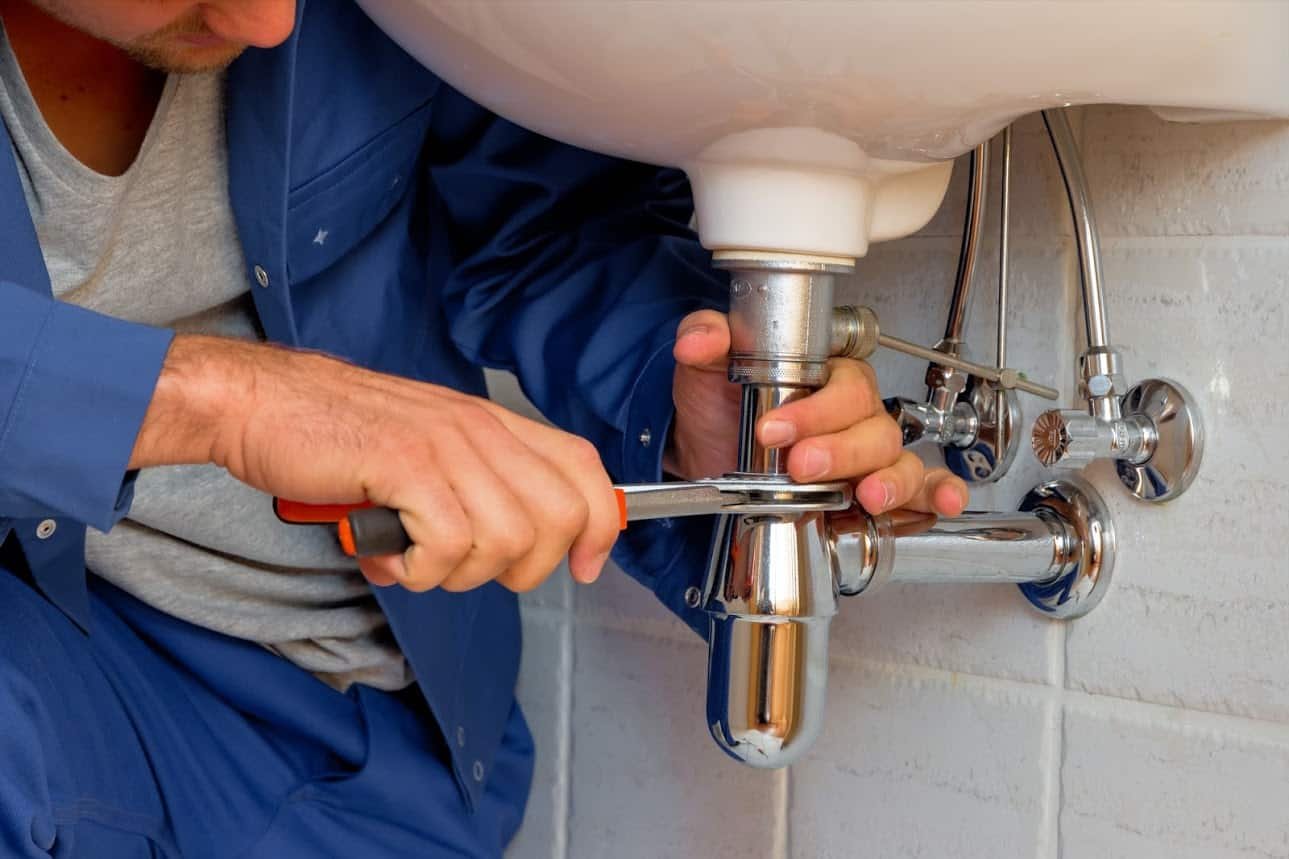Galvanized Pipe
Galvanized pipes are a type of steel pipe that has been coated with a layer of zinc to protect it from corrosion. They have been used for a wide range of applications for over a century, and continue to be an important part of many plumbing and construction projects today. In this blog post, we'll take a closer look at what galvanized pipes are, how they work, and the advantages and disadvantages of using them.
What is Galvanized Pipe?
Galvanized pipes are steel pipes that have been coated with a layer of zinc to protect them from rust and corrosion. The galvanization process involves dipping the steel pipes into a bath of molten zinc, which coats the pipes with a layer of the metal. The zinc reacts with the iron in the steel to form a tightly bonded alloy layer that resists corrosion, even in harsh environments.
Galvanized pipes come in a variety of sizes and thicknesses, and are commonly used in plumbing and construction projects. They are often used for water supply lines, as well as for gas lines, electrical conduit, and even for fencing and outdoor structures.
How Do Galvanized Pipes Work?
Galvanized pipes work by using the layer of zinc to protect the steel from rust and corrosion. When exposed to air and moisture, steel naturally begins to rust and corrode. This can weaken the pipes over time and lead to leaks and other problems.
The zinc coating on galvanized pipes acts as a sacrificial layer that corrodes instead of the steel. This means that even if the zinc layer is scratched or damaged, the steel underneath is still protected from corrosion. In addition, the zinc layer helps to smooth out any imperfections in the steel surface, which can help to improve water flow and reduce friction.
Advantages of Galvanized Pipes
One of the biggest advantages of galvanized pipes is their durability. The zinc coating provides excellent protection against rust and corrosion, which can help to extend the life of the pipes. In addition, galvanized pipes are resistant to impact and abrasion, which makes them a good choice for harsh environments.
Another advantage of galvanized pipes is their versatility. They can be used for a wide range of applications, from plumbing and electrical conduit to outdoor structures and fencing. Galvanized pipes are also relatively easy to install, and can be cut and threaded to fit a variety of sizes and configurations.
Disadvantages of Galvanized Pipes
Despite their many advantages, galvanized pipes do have a few drawbacks. One of the biggest disadvantages is that the zinc coating can slowly erode over time, especially in areas with high levels of acidity or alkalinity in the water. This can lead to rust and corrosion of the steel underneath, which can eventually lead to leaks and other problems.
In addition, galvanized pipes can be more expensive than other types of pipes, especially if they need to be custom cut and threaded. They can also be more difficult to work with, as the zinc coating can make it harder to solder or weld the pipes.
Finally, galvanized pipes can also be more difficult to replace if they do fail. Because they are often threaded together, replacing a single section of pipe can be challenging, especially if the pipes are in hard-to-reach areas.
Galvanized pipes are a durable and versatile type of steel pipe that have been used for over a century. They are commonly used for water supply lines, gas lines, electrical conduit, and outdoor structures. While they do have a few disadvantages, such as the potential for the zinc coating to erode over time, the benefits of galvanized pipes make them a popular choice for many applications.
If you’d like to schedule an inspection, contact us now:
🌎 latinspection.com
📞 408-613-5572
✉️ Info@LATinspection.com
📍Federal Way, WA




